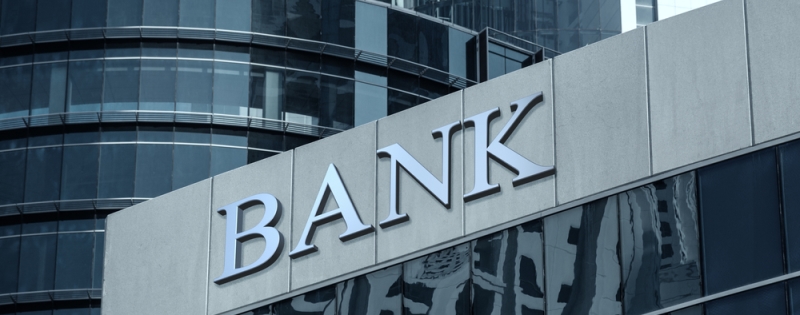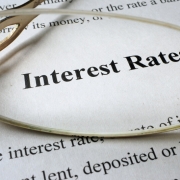Banks Have Another Reason To Scale Back CRE Lending
The pressure that banks are feeling from CRE loans has become a regular observation by the Federal Reserve, Department of the Treasury, Federal Deposit Insurance Corporation, other regulators, economics, financial analysis, investors … pretty much everyone paying attention.
But there’s an odd twist according to a new analysis by economist and economic policy advisor Miguel Faria e Castro and senior research associate Samuel Jordan-Wood at the Federal Reserve Bank of St. Louis.
“Given the negative outlook on certain segments of CRE, one would expect that more-exposed banks have experienced worse market performances,” the two wrote. “We found that while CRE exposure has not mattered much for bank stock returns since the 2007-09 financial crisis, the correlation became significantly negative in 2023.”
The analysis started with an examination of the relationship between commercial real estate exposure as a share of total assets on one hand and total assets in billions of dollars, on a natural logarithm scale. Something immediately obvious is that the largest banks have a relatively small exposure in CRE loans as they represent 10% or less of their assets. But smaller to medium banks had high exposures, in some cases topping 60%.
They found that those banks with high exposure to CRE loans tended to have “relatively fewer liquid assets on their balance sheets, lower capital ratios (that is, more leverage), a larger share of their liabilities in the form of deposits, and a larger share of their assets in the form of loans.”
They then moved beyond a correlation analysis and used regression to look at the connection between CRE exposure and bank returns.
“From 2007 to 2008, the beta coefficient was statistically significant and negative, implying that banks with higher CRE exposure had lower stock market returns, all other variables equal,” they said. “Since the 2007-09 financial crisis affected not only residential real estate but also CRE, it is natural that more-exposed banks performed worse during that time. Our analysis reveals that while the correlation had been mostly inactive since then, it again became significantly negative in 2023.”
So, it seems to be another way banks are currently feeling negative effects from CRE exposure. Not just in concern over asset values and regulatory pressures, but in actual earnings.
Source: GlobeSt.











